- TOP
- Mirror with Scattered Chrysanthemums with a Pair of Birds
Overview
Mirror with Scattered Chrysanthemums with a Pair of Birds
- Museum No.
- EK17-59
Showing 1-6 of 1
| Title | Mirror with Scattered Chrysanthemums with a Pair of Birds |
|---|---|
| Designation | |
| Artist | |
| Category | Metalwork(E), Bronze Mirrors |
| Country | Japan |
| Period | Kamakura Late |
| Century | 13th~14th |
| Year | |
| Quantity | |
| Materials | |
| Dimensions | Diameter 11.1cm Rim height 0.9cm Rim width 0.4cm |
| Inscription by | |
| Signature/Seals Etc | |
| Donor |
Included Works

EK17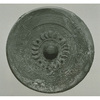 Mirror with Abstract Animals in Band
Mirror with Abstract Animals in Band
EK17-1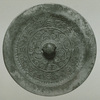 Mirror with Whirlpool Design
Mirror with Whirlpool Design
EK17-2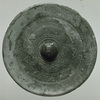 Mirror with Flower Design and Seven Arcs
Mirror with Flower Design and Seven Arcs
EK17-3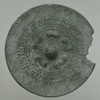 Mirror with Five Animals
Mirror with Five Animals
EK17-4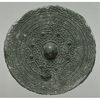 Mirror with Abstract Animals in Band
Mirror with Abstract Animals in Band
EK17-5 Mirror with Four Animals
Mirror with Four Animals
EK17-6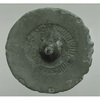 Mirror with Tooth Comb Pattern
Mirror with Tooth Comb Pattern
EK17-7 Mirror with Abstract Animals in Band
Mirror with Abstract Animals in Band
EK17-8 Mirror with Pines and Cranes
Mirror with Pines and Cranes
EK17-9 Mirror with Cranes and Pines and Butterflies
Mirror with Cranes and Pines and Butterflies
EK17-10 Mirror with Arabesque and Phoenixes
Mirror with Arabesque and Phoenixes
EK17-11 Mirror with Chrysanthemums and Birds
Mirror with Chrysanthemums and Birds
EK17-12 Mirror with Chrysanthemums, Butterflies, and Birds
Mirror with Chrysanthemums, Butterflies, and Birds
EK17-13 Mirror with Globeflowers and Flying Sparrows
Mirror with Globeflowers and Flying Sparrows
EK17-14 Mirror with Chrysanthemum Branches and Flying Sparrows
Mirror with Chrysanthemum Branches and Flying Sparrows
EK17-15 Mirror with Autumn Plants, Butterflies, and Birds
Mirror with Autumn Plants, Butterflies, and Birds
EK17-16 Mirror with Cranes and Pine Needles
Mirror with Cranes and Pine Needles
EK17-17
This object may be one within a set or the title of a set. To see all objects in the set, perform a Category Search by the Museum Number below, entering numerals only before the hyphen.

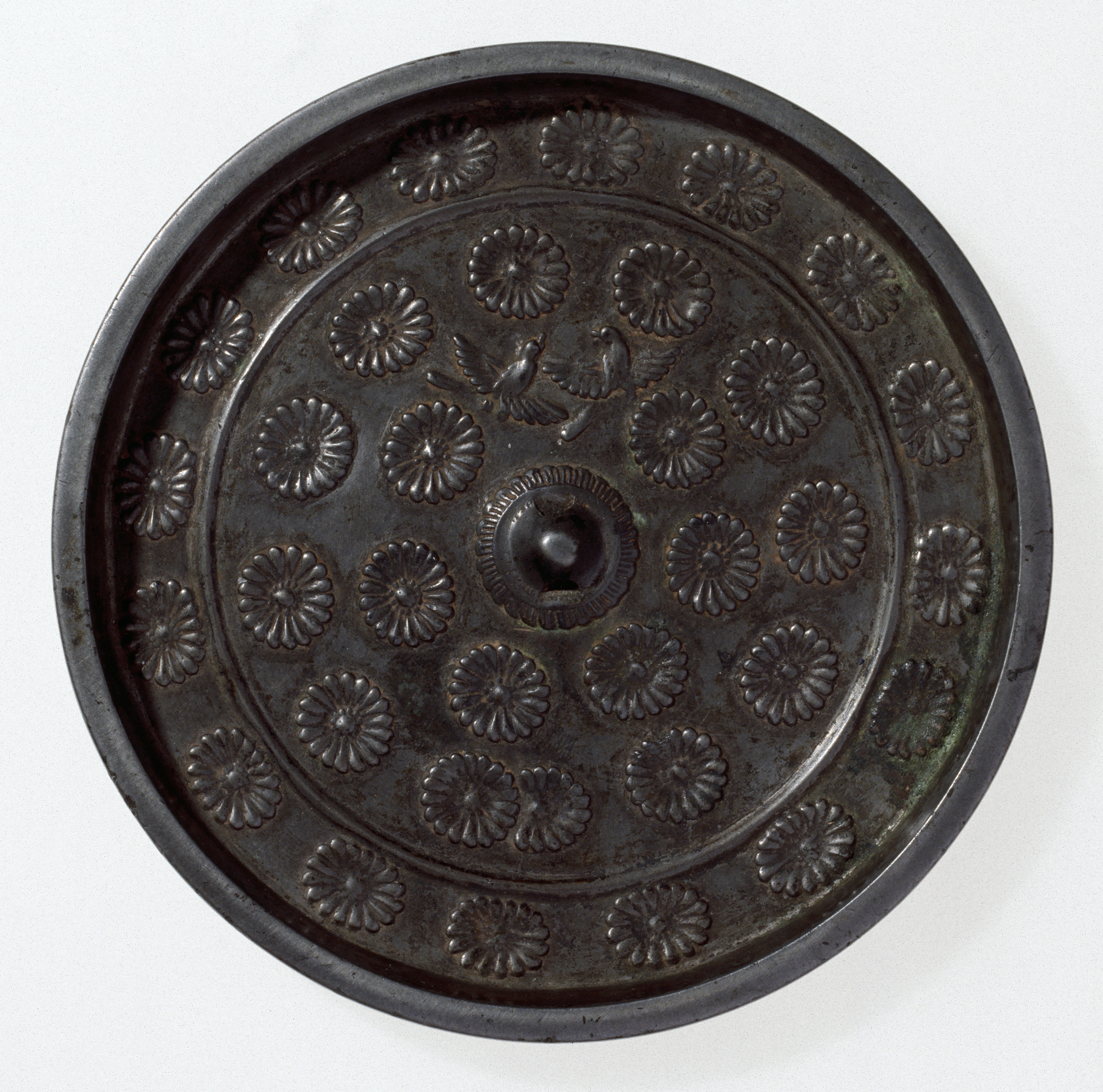





This silver-gray nickel mirror has a black-lacquer back (at present, most of this has peeled off). The knob surround takes the form of flower pistils spread out around the knob like the petals of a flower, but the tips of the pistils have merged in casting, resulting in a complex configuration that looks like lotus petals. The thick, straight-sided rim, disfigured near the top by roughness on the inner surface, and the diminished height resulted from errors in casting. Compositional features like the evenly spaced distribution of the blossoms and placement of the paired birds above the knob are characteristic of mirrors from the late Kamakura period (1185-1333). The small birds in this example retain a degree of vitality, and are thus probably early examples of this type. Kamakura style is also evident in the execution of the chrysanthemums using a pattern mold.
Japan-Kamakura-Late